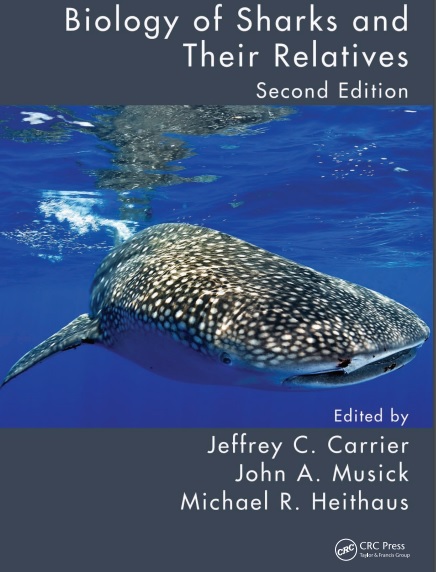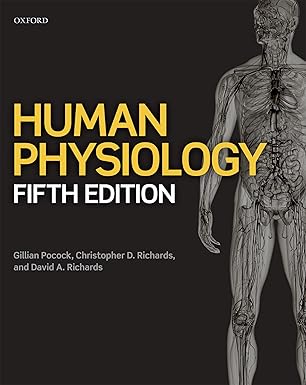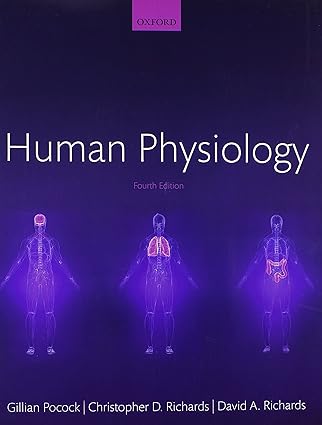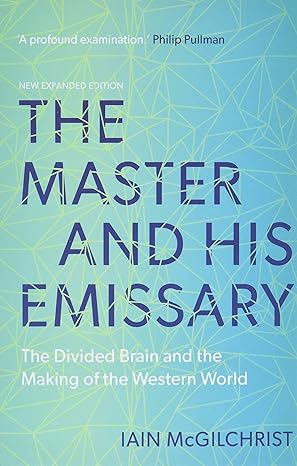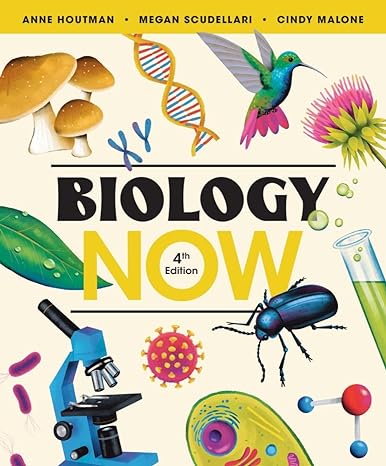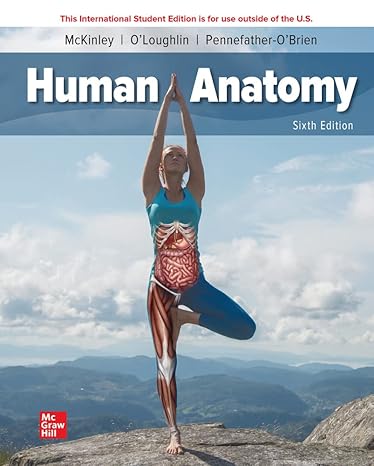Chondrichthyan fishes are probably the most successful of all fishes if success is measured in terms of historical endurance. Indeed, they have survived the mass extinctions of the last 400 million years or so. They are essentially defined by a cartilaginous skeleton that is superficially mineralized by prismatic calcifications (tesserae) and by the modification, within males, of mixopterygia (claspers) for the purpose of internal fertilization. It has been generally accepted that the Class Chondrichthyes is a monophyletic group divisible into two sister taxa, the Elasmobranchii and Holocephali, and that extant chondrichthyans (sharks, skates, rays, and chimaeras) are derivable from Mesozoic forms. Yet, how the extant forms relate to the distinctly more diverse Paleozoic forms and the relationship of the Chondrichthyes to all other fishes are poorly resolved issues. Furthermore, some paleontologists currently question whether fossils attributed to chondrichthyans support a monophyletic class. The purpose of this chapter is to discuss the evidence for the origin, diversification, and life histories of the early Chondrichthyes; to address trends in their morphological divergence and innovation; and to explore the possible relationships between fossil and modern forms. In a general discussion of relationships, we adopt the classification scheme for shark and shark-like fishes put forth by Compagno (2001), as a consensus of the analyses of Compagno (1984), Shirai (1996), and de Carvalho (1996). The classification scheme used to describe the relationships of all Chondrichthyes is that originally developed in Lund and Grogan (1997a,b; 2004a,b) and Grogan and Lund (2000), but subsequently modified given new finds (Grogan and Lund, 2008, 2009, 2011). Details of this scheme have been refined based on discussions of higher chondrichthyan systematics with Dr. Joseph Nelson (University of Alberta), author of Fishes of the World (2006).
چکیده فارسی
اگر موفقیت بر حسب استقامت تاریخی سنجیده شود، احتمالاً ماهیهای کندریشتیان موفقترین ماهیها هستند. در واقع، آنها از انقراض دسته جمعی 400 میلیون سال گذشته جان سالم به در برده اند. آنها اساساً توسط یک اسکلت غضروفی تعریف می شوند که به طور سطحی توسط کلسیفیکاسیون های منشوری (تسرا) و با تغییر در نرها، میکسوپتریژیا (کلاسپرها) به منظور لقاح داخلی معدنی می شوند. به طور کلی پذیرفته شده است که Class Chondrichthyes یک گروه تکفیلزی است که به دو گونه خواهر تقسیم میشود، Elasmobranchii و Holocephali، و کندریشتیانهای موجود (کوسهها، اسکیتها، پرتوها و chimaeras) از اشکال مزوزوئیک مشتق میشوند. با این حال، چگونگی ارتباط شکلهای موجود با اشکال متفاوتتر پالئوزوئیک و رابطه کندریشتایس با همه ماهیهای دیگر، مسائلی است که به خوبی حل نشده است. علاوه بر این، برخی دیرینهشناسان در حال حاضر این سؤال را مطرح میکنند که آیا فسیلهای منسوب به کندریشتیان از طبقه تکفیلتیک پشتیبانی میکنند یا خیر. هدف این فصل بحث در مورد شواهد مربوط به پیدایش، تنوع و تاریخچه زندگی کندریختای اولیه است. برای رسیدگی به روند واگرایی مورفولوژیکی و نوآوری آنها؛ و برای کشف روابط احتمالی بین اشکال فسیلی و مدرن. در یک بحث کلی از روابط، ما طرح طبقهبندی ماهیهای کوسهمانند و کوسهمانند را که توسط Compagno (2001) ارائه شده است، بهعنوان اجماع از تحلیلهای Compagno (1984)، Shirai (1996) و de Carvalho (1996) اتخاذ میکنیم. . طرح طبقهبندی مورد استفاده برای توصیف روابط همه کندریختایها همان است که در ابتدا در لوند و گروگان (1997a,b؛ 2004a,b) و گروگان و لوند (2000) توسعه یافت، اما متعاقباً با یافتههای جدید اصلاح شد (Grogan and Lund, 2008, 2009). ، 2011). جزئیات این طرح بر اساس بحث های سیستماتیک کندریشتیان عالی با دکتر جوزف نلسون (دانشگاه آلبرتا)، نویسنده ماهی های جهان (2006) اصلاح شده است.
ادامه ...
بستن ...
